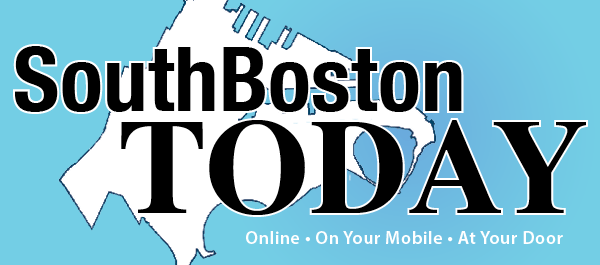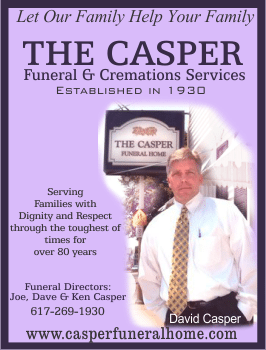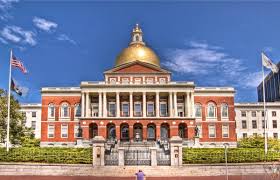Bisnow Boston hosted several real estate developers recently and here are excerpts from their comments. The topic statement was, ‘the secret in finding Greater Boston real estate markets ripe for opportunity is to look for the places that wouldn’t be considered “emerging” anywhere else’.
“If we were in Dallas, Houston, Charlotte or many other markets, we would be downtown,” Cushman & Wakefield Vice Chairman John Boyle said. “Our market thinks of the suburbs as the suburbs when, in fact, in many other markets, it’s still very much a part of the city.” Boyle and other panelists at Bisnow’s Boston Emerging Markets event noted Boston’s compact size and transit network have given its inner suburban markets enormous potential for the region’s growing innovation economy. The life science industry’s growth, along with congestion closer to the city, are what is driving developers well past areas like the Seaport, Kendall Square and other clusters for innovation.
“We work with the likes of Biogen and Harvard Medical School and Dana-Farber, and they’re all growing. They’re going to continue to grow, and you can’t grow, for the most part, in Longwood,” Boyle said. “There’s ferocious demand for life science.” The growth beyond Boston’s urban core isn’t always netting value opportunities. While the $850M August sale of the 53 State St. tower in downtown Boston translates to $750/SF, Watertown’s 180K SF Linx office and lab development recently sold for $925/SF. “It’s rare to see anyone pay that anywhere but Boston,” Rubenstein Partners Regional Director of New England Deke Schultze said.
Technology companies are also beginning to look in Boston’s suburbs for opportunities to scale. TripAdvisor’s 280K SF headquarters has been an anchor to the N-Squared Innovation District in Newton and Needham. SharkNinja moved to a 175K SF headquarters in the district in June 2017. Microsoft splits operations between Kendall Square and Burlington. The suburban office came as part of the company’s 2013 acquisition of Nokia, and Microsoft used it as an opportunity to move its sales and marketing team due to customer complaints of too much congestion and parking issues at the division’s old Kendall Square office, according to Sasaki principal Victor Vizgaitis, whose firm has worked with Microsoft on a variety of projects. “The sales group could not wait to get out of Kendall Square,” he said.
Another emerging market much closer to downtown is appealing to buyers for a surprising reason. While living next to an airport may not normally be considered a desirable living situation, developers in East Boston say having Boston’s Logan International Airport in their backyard is just as appealing as the neighborhood’s direct access to the MBTA Blue Line. “A lot of the people who are moving in are buying a small studio apartment, because they are road warriors traveling a lot for work,” WinnCos. CEO Gilbert Winn said. “It’s not like they’re living at the airport. They’re living on the water, but they’re five minutes from the airport.” The airport’s proximity and the Blue Line were frequently cited in Boston’s Amazon HQ2 bid that pushed Suffolk Downs, a 151-acre former horse track in East Boston, as the city’s preferred site for the Seattle-based company if it decided to locate a second headquarters in Greater Boston.
East Boston developers were quick to point out the waterfront neighborhood was evolving in a different manner than the Seaport across Boston Harbor. “It’s been something we’ve been trying to sell through. A lot of people want to see a Starbucks or a Whole Foods,” Trinity Financial Vice President of Development Abby Goldenfarb said. “We’re trying to sell it as an authentic neighborhood with really great small grocers, places to eat and waterfront amenities. We’re trying to sell the dream of living on the water.” The hesitation isn’t having a negative impact on housing interest or pricing. An initial round of 40 condos at Clippership Wharf on the East Boston waterfront sold out in 36 hours in June 2017. Home prices in East Boston have increased by 9%, according to Zillow. Rental prices in Eastie were up 7% at the end of 2017, the second-highest price jump in the entire city after Jamaica Plain’s 10%.
The building boom has led some neighborhood activists to call for a temporary moratorium on development while a community master plan can be created, but these developers highlighted Massachusetts’ Chapter 91 process as already a safeguard against overdevelopment in the area.
Trinity Financial has multifamily projects, like the 200-unit Boston East along the East Boston waterfront, and Goldenfarb said the permitting process was onerous, complicated and took many years. Chapter 91, also known as the Massachusetts Public Waterfront Act, has existed in some form since the colonial era and mandates the state’s waterfront remain in the public realm. Even private development along the water must serve in the public interest, and the process has developers maintaining this emerging market will be able to retain its character. “Regulators take the process very seriously,” The Davis Cos. Vice President of Development Stephen Davis said.
The market appears on a steadily growing track in Boston and public
policy needs to meet the mutual needs, expectations and concern of
developer/builder and resident/dweller as to the proper way to both manage and
facilitate growth.












